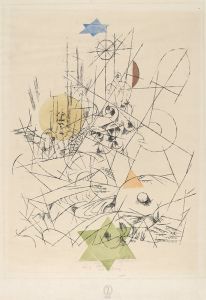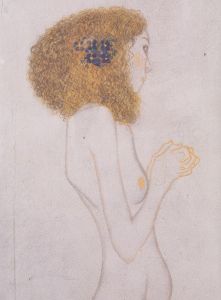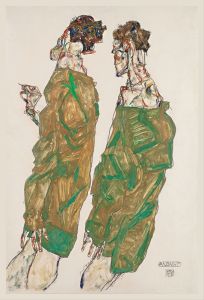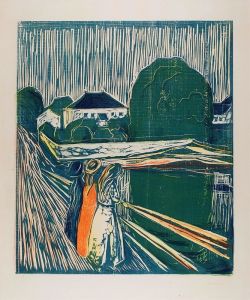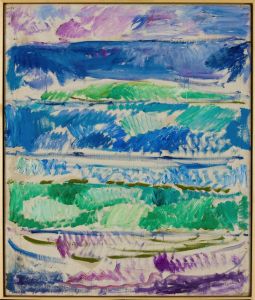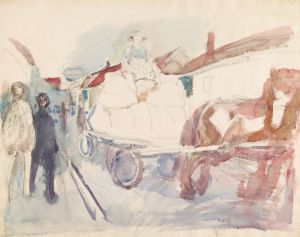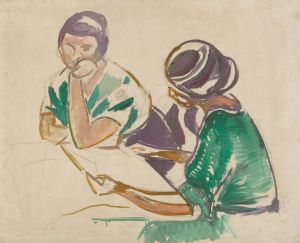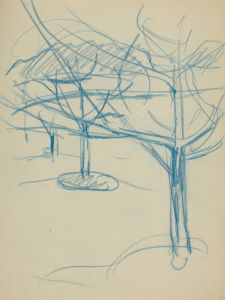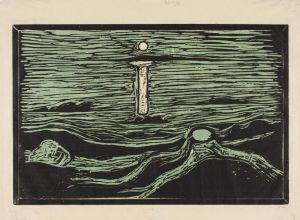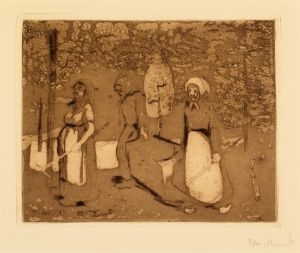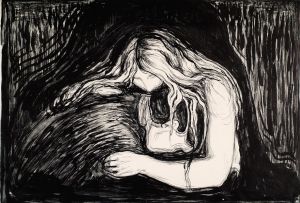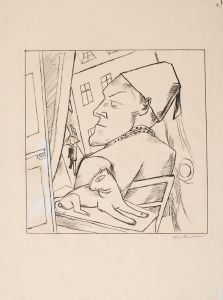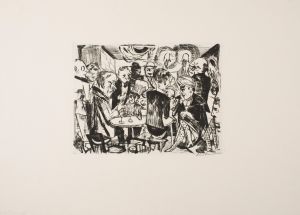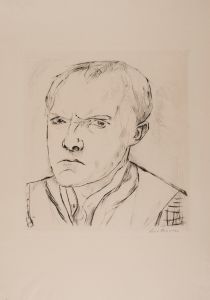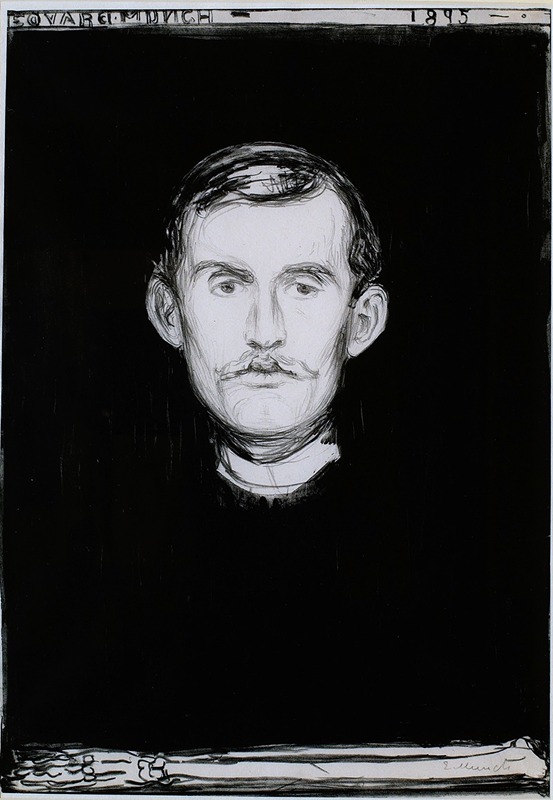
Self-portrait
A hand-painted replica of Edvard Munch’s masterpiece Self-portrait, meticulously crafted by professional artists to capture the true essence of the original. Each piece is created with museum-quality canvas and rare mineral pigments, carefully painted by experienced artists with delicate brushstrokes and rich, layered colors to perfectly recreate the texture of the original artwork. Unlike machine-printed reproductions, this hand-painted version brings the painting to life, infused with the artist’s emotions and skill in every stroke. Whether for personal collection or home decoration, it instantly elevates the artistic atmosphere of any space.
Edvard Munch, a Norwegian painter and printmaker, is renowned for his evocative and emotional works that often explore themes of existentialism and human psychology. Among his extensive oeuvre, Munch created several self-portraits that provide insight into his personal life and artistic evolution. One of the most notable self-portraits by Munch is his "Self-Portrait with a Cigarette," painted in 1895.
This self-portrait is a striking example of Munch's ability to convey complex emotions and psychological depth. In the painting, Munch presents himself in a half-length pose, holding a cigarette in his right hand. The background is dark and indistinct, which serves to highlight the figure of Munch himself. His face is illuminated by an unseen light source, casting dramatic shadows and emphasizing his intense gaze. The cigarette, a symbol of modernity and perhaps self-destruction, adds an element of introspection and rebellion to the portrait.
Munch's use of color and brushwork in this self-portrait is characteristic of his style during this period. The loose, expressive brushstrokes and the contrast between light and dark create a sense of immediacy and emotional intensity. The painting reflects Munch's interest in Symbolism and his desire to capture the inner workings of the human mind. This self-portrait, like many of his works, is imbued with a sense of anxiety and introspection, which were central themes in Munch's art.
The context of the 1890s is significant in understanding this work. During this time, Munch was living in Paris, where he was influenced by the Symbolist movement and the works of artists such as Vincent van Gogh and Paul Gauguin. The bohemian lifestyle of Paris, along with Munch's personal struggles with mental health and relationships, informed much of his work. "Self-Portrait with a Cigarette" can be seen as a reflection of Munch's own experiences and his exploration of identity and self-perception.
Munch's self-portraits are not merely depictions of his physical appearance; they are explorations of his psychological state and his place within the world. This particular self-portrait is a testament to Munch's skill in using art as a means of self-exploration and expression. It captures the tension between the artist's public persona and his private turmoil, a theme that resonates throughout Munch's body of work.
In addition to "Self-Portrait with a Cigarette," Munch created several other self-portraits throughout his career, each offering a different perspective on his life and artistic journey. These works collectively provide a comprehensive view of Munch's development as an artist and his ongoing engagement with themes of existential angst and the human condition.
Munch's self-portraits remain significant not only for their artistic merit but also for their contribution to the understanding of the artist's life and the broader context of modern art. They continue to be studied and appreciated for their depth, emotional resonance, and innovative approach to portraiture.





